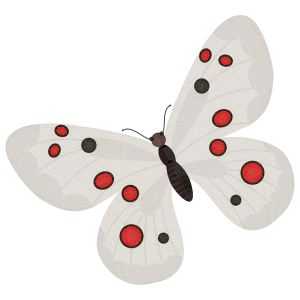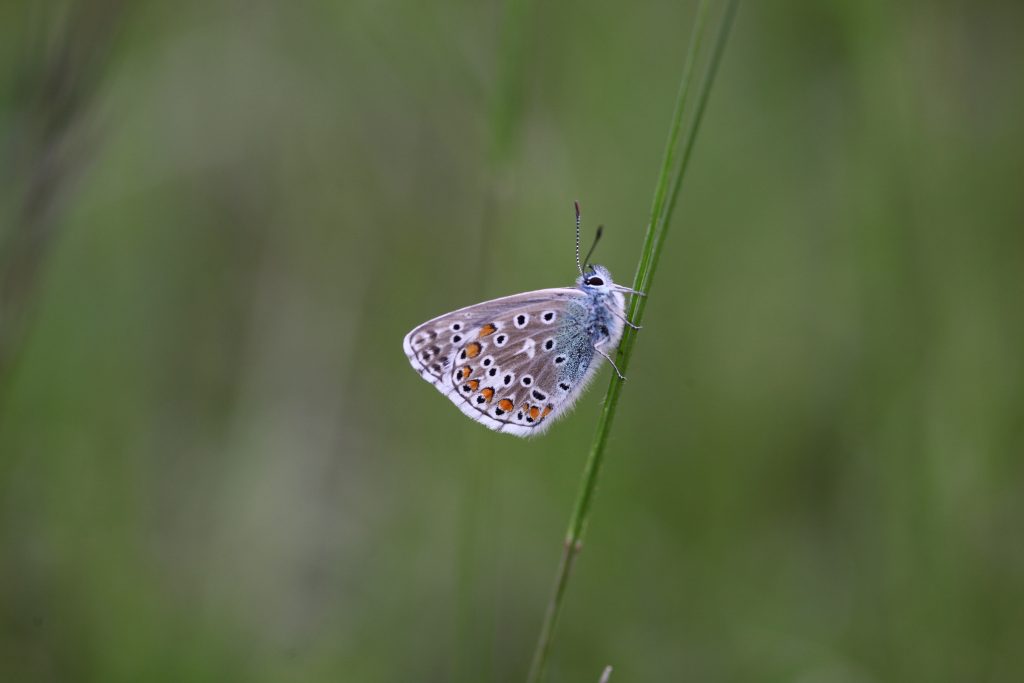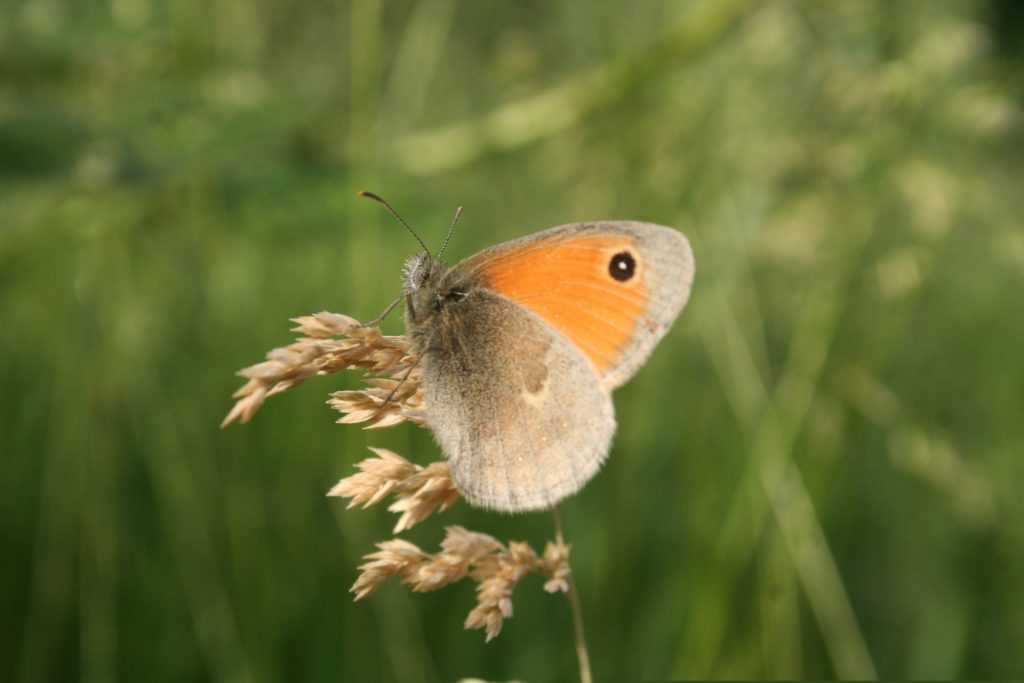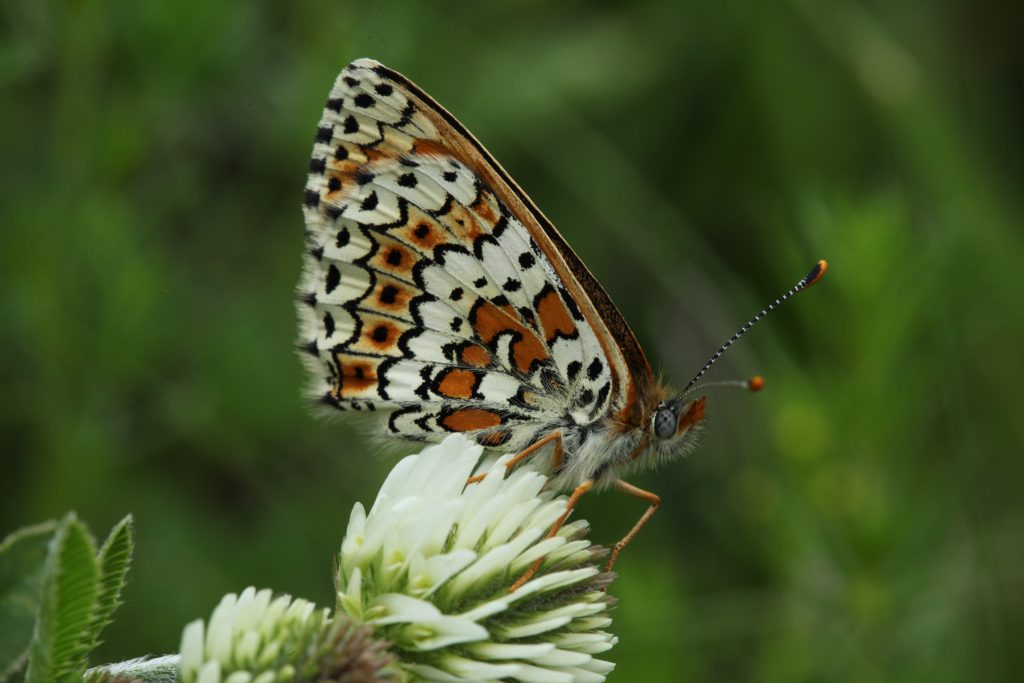Butterflies
Factsheet: Butterflies react quickly to minor changes in the environment and are sensitive to climate and land-use changes making them good biodiversity indicators. Hence, they are the best monitored group of insects in the world. The butterfly fauna of South Tyrol encompasses approximately 185 species among them 46% are considered regionally endangered.
Methods: The methodology applied is the same as the one in the Austrian Viel-Falter: The surveys are carried out at the specified sites 4 times a year (at least 3 times for alpine sites) between mid-May and the beginning of September. First a transect survey is carried out. For this purpose, a transect of 50 m is walked slowly and all butterflies 2.5 m left and right are recorded. Then a time survey is carried out in the same transect. For the time recording, the area around the transect is extended to 1000 m². In total the survey takes 30 minutes.





